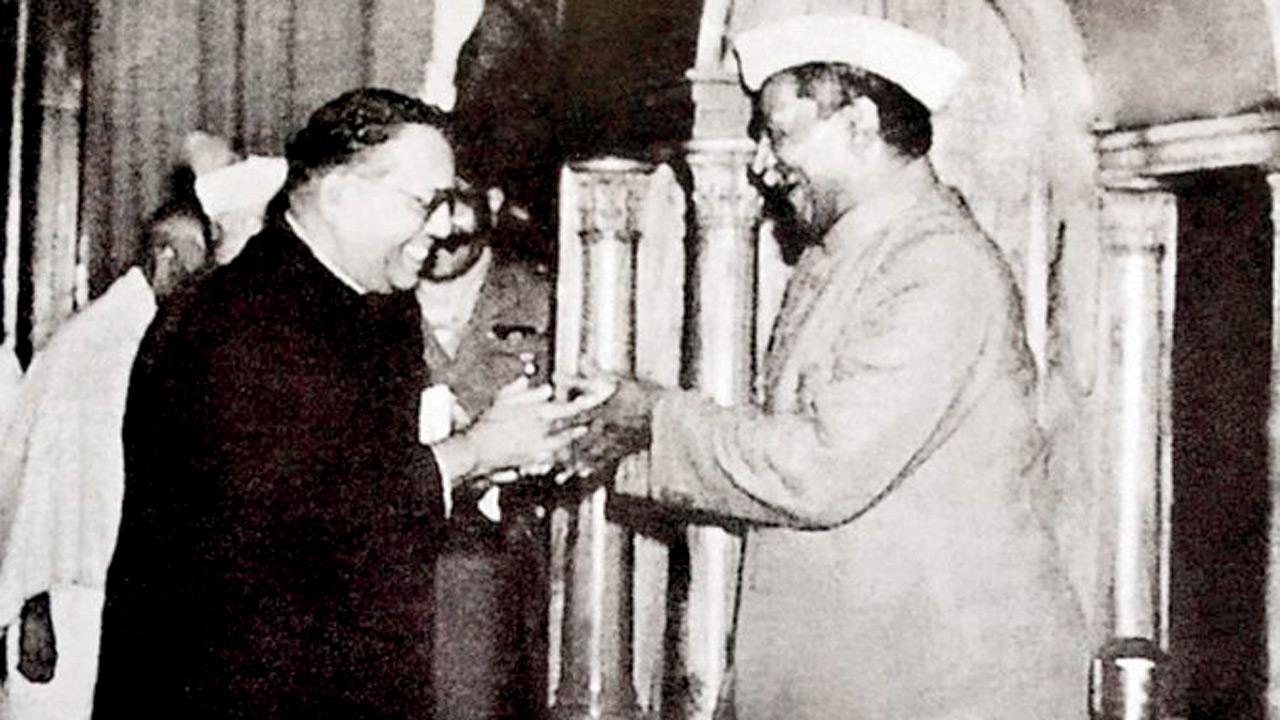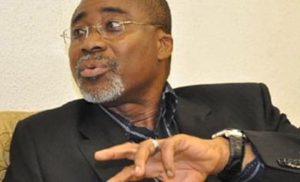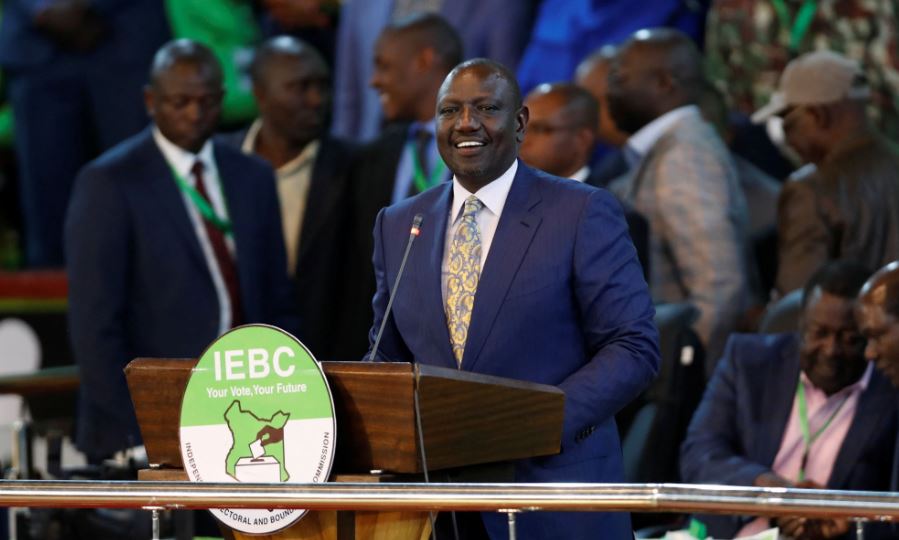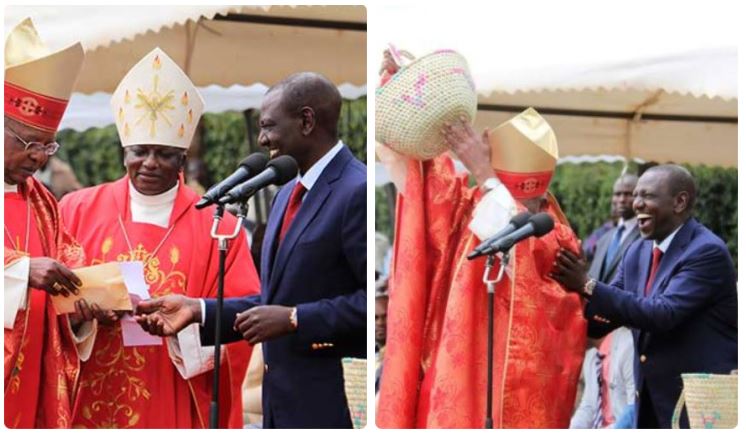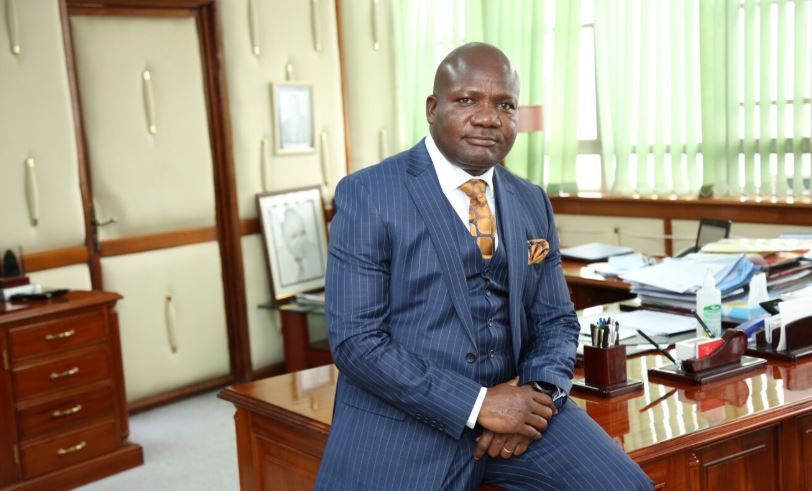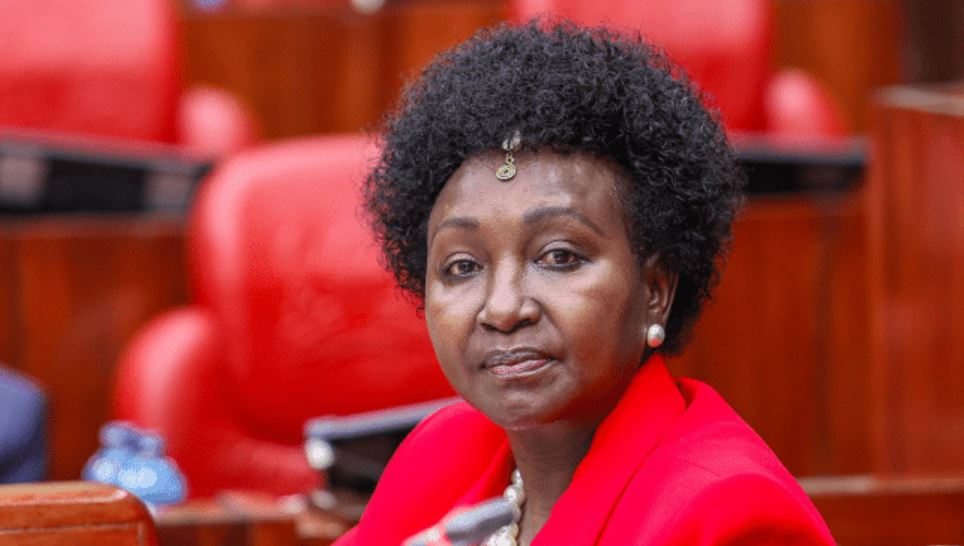
The first target under Sustainable Development Goal (SDG) #10 reads, "By 2030, progressively achieve and sustain income growth of the bottom 40 percent of the population at a rate higher than the national average." This calls upon all nations to bolster the income of the bottom 40 percent of the population by promoting economic, social and political inclusion of all people, irrespective of their sex, age, physical conditions such as disability, religion, race, class, ethnicity, etc. The achievement of this global target requires creating appropriate and equal opportunities, empowerment of women, and reduction of poverty and inequality.
The ongoing work of the interim government's public administration and constitutional reform commissions needs a focus on these aspects so that the future elected government may work to fulfil SDG 10, as Bangladesh has only six years in hand to establish substantial improvements on this global goal. There are data challenges with regard to having a proper understanding of the income inequality situation in Bangladesh. According to UNDP data, the income share of the bottom 40 percent of the country's population is 11 percent.

In sharp contrast, for the top 10 percent, the income share is 43 percent. Based on Household Income and Expenditure Survey (HIES), 2022, the income of the bottom 40 percent population grows at 7.7 percent per annum, while the annual growth rate of income of the total population is 9.
1 percent. The HIES 2022 shows that the top 10 percent of households increased their share of wealth to 40.91 percent, around 2.
83 percent rise since 2016. The bottom 50 percent of the households had 19.05 percent of the total income in 2022, which came down from 20.
23 percent in 2016. Even though the country achieved progress in poverty reduction, the income Gini coefficient has been on the rise. It increased from 0.
458 in 2010 to 0.499 in 2022. During the same period, consumption Gini coefficient increased from 0.
321 in 2010 to 0.334 in 2022. The data from surveys over the last two decades clearly shows that income and wealth inequality is growing in Bangladesh.
Whether we consider the well-known measure, the Gini coefficient, or an alternative measure like the Palma ratio, and compare the income share of the top 10 percent with the income share of the bottom 40 percent, we get the same result, which demonstrates that inequality is consistently rising in our society. The constitutional commitment of ensuring social and economic equality among the citizens of the country can sustain without resulting in major social and political unrest. However, there is no reason to assume that income and wealth inequality will come down automatically.
The common strategic options that are available to reduce inequality are participatory planning and inclusive development, pro-poor budget formulation and implementation, skills development, progressive taxation of income, adoption of appropriate legislation, scrapping of discriminatory laws, realistic minimum wage fixation, improved governance, effective measures against corruption, containment of inflation, promotion of social protection measures, investment in small and medium enterprises, and greater investment in the social sector. In Bangladesh, the major challenges hindering the achievement of economic and social equality are: low public expenditure on education, training, health, rural development and social protection; poor direct tax collection and a culture of tax evasion; high level of selection error in social protection schemes; and high percentage (12.6 percent) of female-headed households with limited assets and means of production.
The benefits of economic growth in the country have gone to the upper-income groups while the poor remain marginalised. The "pro-poor growth" concept is not being applied properly. Programmes and projects that benefit the poor need to be taken up in a greater number.
Micro-credit and SME loans should be increased to help accumulate assets of small entrepreneurs and create additional employment in the formal sector. The high inclusion and exclusion errors in the social protection programmes must be corrected through a bold and one-time correction of the beneficiary list. Irregularities in the banking sector, money laundering, and tax evasion must be curbed with a strong hand.
Health and nutritional services must be freed from corruption and mismanagement, so that the vulnerable population gain access to the benefits of these public services. A vital issue that exacerbates inequality is the overwhelming centralisation of the decision-making process. The politician-bureaucracy nexus is strong, and this keeps people out from participating in the governance process.
Unless the attitude of the politicians, bureaucrats and policymakers change towards a more people-centric approach in planning and development as well as local governance, the level of inequality is unlikely to come down in the near future. Additionally, the political parties should be committed to the greater good of the general people instead of continuing the culture of benefiting a select few, and adopt social-democratic norms for economic development with strong emphasis on securing socioeconomic equality in the country. Dr Nawshad Ahmed , a retired UN official, is an economist and urban planner.
Views expressed in this article are the author's own. Follow The Daily Star Opinion on Facebook for the latest opinions, commentaries and analyses by experts and professionals. To contribute your article or letter to The Daily Star Opinion, see our guidelines for submission .
.





